Deep beneath the waves, a bizarre and fascinating creature has quietly shaped ocean ecosystems for over 100 million years. Bone-eating worms, scientifically known as Osedax, were first discovered in the early 2000s, astonishing scientists with their unusual diet and evolutionary longevity. These worms play a crucial role in recycling nutrients by breaking down the bones of dead whales and other sea creatures that fall to the ocean floor. Their presence continues to impact marine environments, making them vital yet often overlooked contributors to the health of our planet’s deep seas.
1. Ancient Origins Revealed by Fossil Evidence
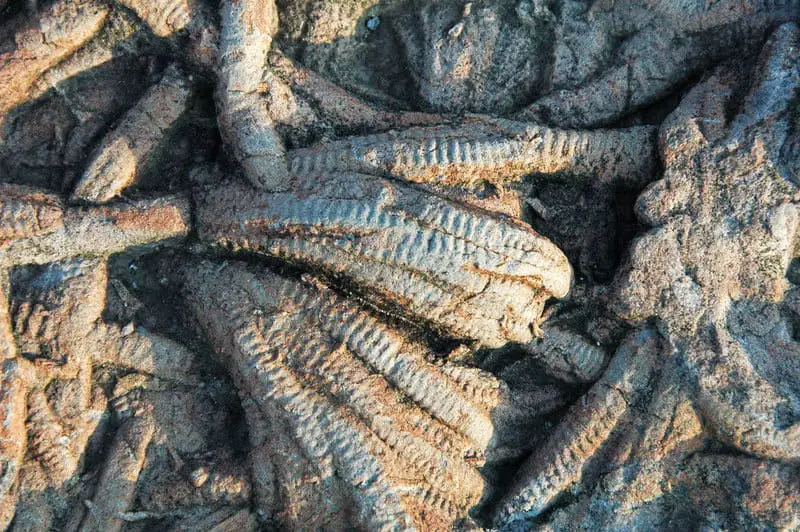
The story of bone-eating worms stretches deep into Earth’s past. Paleontologists have uncovered fossilized marine reptile bones from the Cretaceous period that bear distinctive boreholes—clear evidence of ancient Osedax activity. These borings match patterns made by modern bone-eating worms, pushing their origins back more than 100 million years. Such findings reveal that Osedax has long been a key part of marine ecosystems, recycling bones on the seafloor since the age of the dinosaurs.
Scientific American
2. The Discovery of Osedax
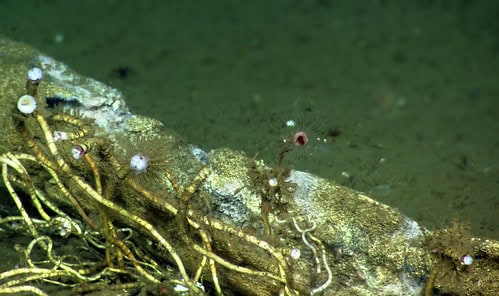
In 2002, marine biologists were stunned to find strange, root-like worms feasting on whale bones off California’s coast. Dubbed Osedax, meaning “bone-eater,” these worms revealed an entirely new way of life in the deep sea. Their remarkable ability to thrive on bare bones sparked intense scientific curiosity, leading to ongoing research that continues to unveil their bizarre anatomy and symbiotic relationships.
Nature
3. Unique Anatomical Adaptations
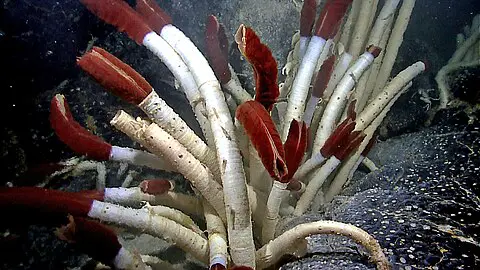
Osedax worms possess extraordinary adaptations that set them apart from other marine life. Instead of mouths or stomachs, they use root-like tissues to burrow deep into bones. These roots house symbiotic bacteria that help break down tough, nutrient-rich bone material, enabling the worms to absorb sustenance directly. This partnership is critical for survival in the nutrient-scarce deep sea and highlights the incredible evolutionary innovation of these creatures.
Natural History Museum
4. Symbiotic Bacteria: Partners in Digestion
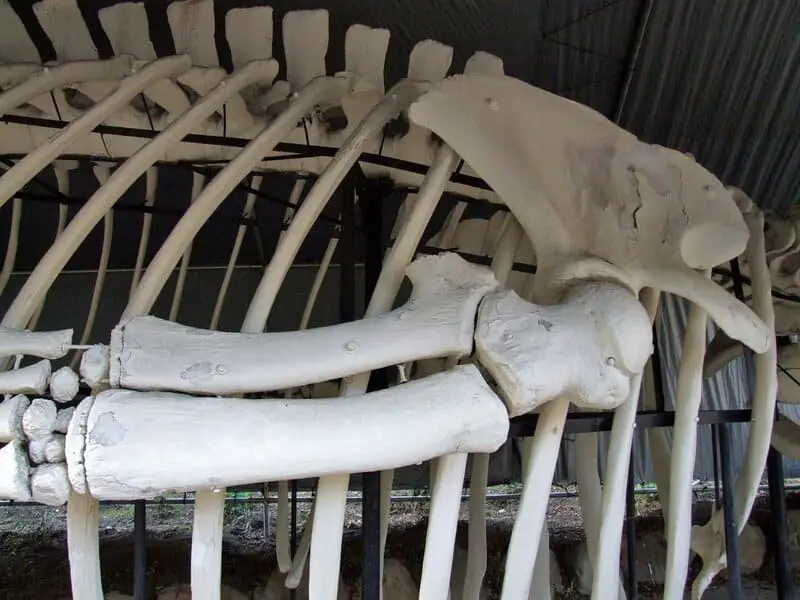
The true secret to Osedax’s bone-eating prowess lies in its intimate partnership with symbiotic bacteria. These bacteria, living within the worm’s root-like tissues, produce specialized enzymes that dissolve the tough minerals and proteins found in bones. This enzymatic process releases nutrients that the worms absorb for sustenance. The remarkable teamwork between worm and microbe allows Osedax to thrive on resources that are otherwise inaccessible in the deep ocean.
Nature
5. Evidence from Cretaceous Marine Deposits

Remarkable fossil discoveries have revealed Osedax-like borings in the bones of ancient marine reptiles, such as plesiosaurs and mosasaurs, from the Cretaceous period. These tiny tunnels and pits display a striking resemblance to those made by modern bone-eating worms, providing compelling evidence that Osedax or its ancestors were already at work during the age of dinosaurs. Such findings underscore the deep evolutionary roots and ecological persistence of these remarkable recyclers.
Nature
6. Role in Recycling Ocean Nutrients
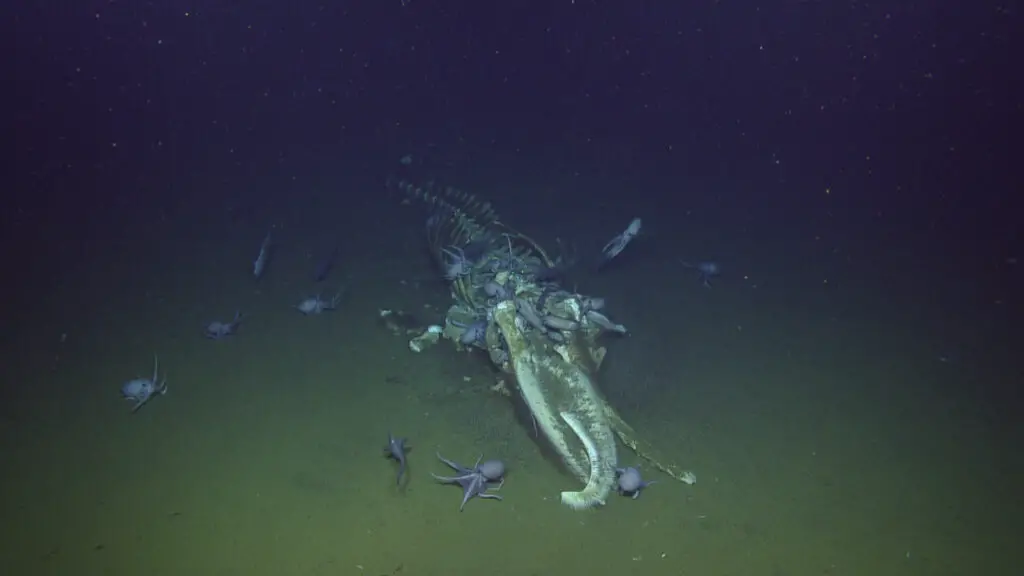
Osedax worms play a critical role in the deep sea by decomposing bones that sink to the ocean floor. By breaking down these skeletal remains, they release essential nutrients back into the ecosystem, fueling a cascade of life in otherwise nutrient-poor environments. Their activity ensures that organic matter is recycled efficiently, supporting diverse communities of deep-sea organisms.
Smithsonian Magazine
7. Specialized for Different Bone Types

The Osedax genus is surprisingly diverse, with dozens of species, each uniquely adapted to specific types of vertebrate bones. While some are specialized for the massive bones of whales, others thrive on the remains of smaller marine animals like fish and birds. This evolutionary flexibility allows Osedax worms to exploit a wide range of food sources, ensuring their survival across different oceanic regions and ecological niches.
Scientific American
8. The Osedax Lifecycle: Males and Females

The reproductive strategy of Osedax worms is as extraordinary as their diet. Female worms grow much larger than males and develop the telltale root-like organs for bone penetration. In contrast, the microscopic males live inside the gelatinous tubes of females, essentially functioning as sperm providers. This unusual arrangement allows a single female to host dozens—or even hundreds—of males, ensuring a steady supply of fertilized eggs for the next generation.
Nature News
9. Evolutionary Radiation After Marine Vertebrates
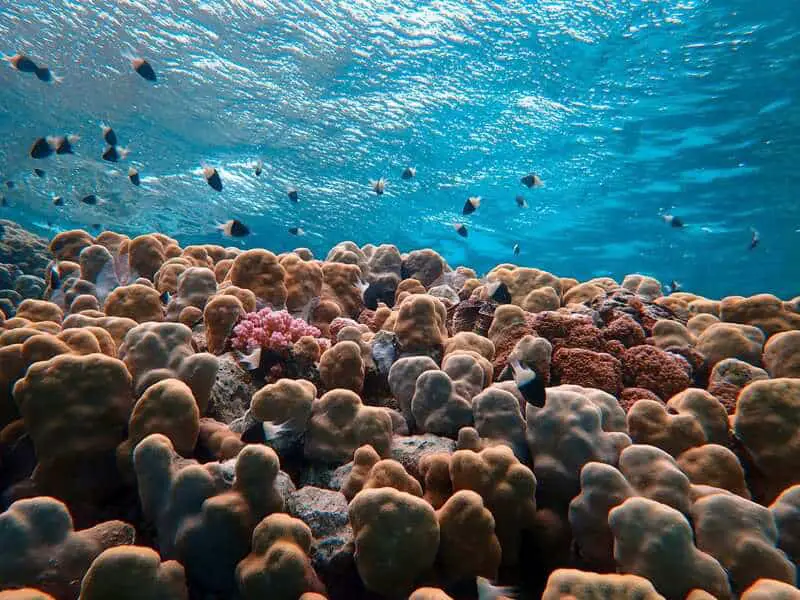
The rise of large marine vertebrates, such as whales and marine reptiles, provided a vast new food source for Osedax worms. This abundance sparked an evolutionary radiation, enabling these worms to diversify into numerous species, each adapted to different ecological niches and bone types. Today’s wide variety of Osedax reflects their long evolutionary journey, closely intertwined with the history of ocean giants.
Natural History Museum
10. Modern Osedax Diversity
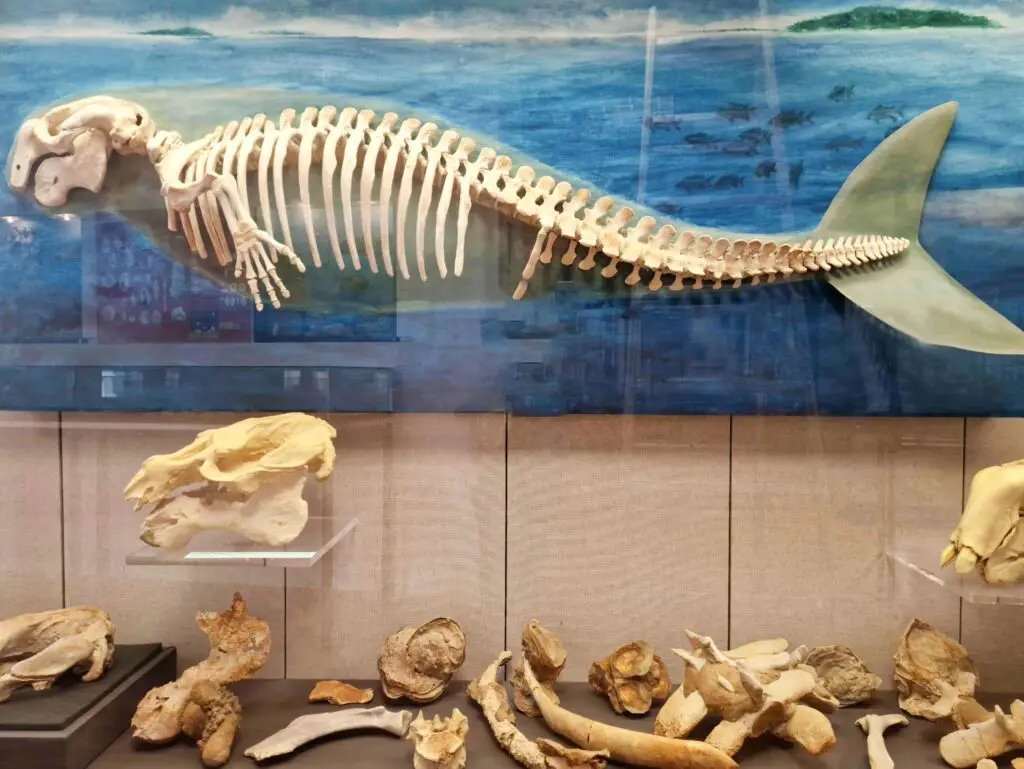
Today, scientists have identified over 30 different Osedax species, each boasting unique adaptations to thrive in specific marine conditions. Some species are tailored for cold, deep waters, while others flourish in warmer, shallower seas. This remarkable diversity highlights the worms’ evolutionary success and their ability to exploit a wide range of ocean habitats. Ongoing research continues to uncover new species and surprising adaptations within this enigmatic group.
Smithsonian Magazine
11. Revealing Bone-Degrading Mechanisms
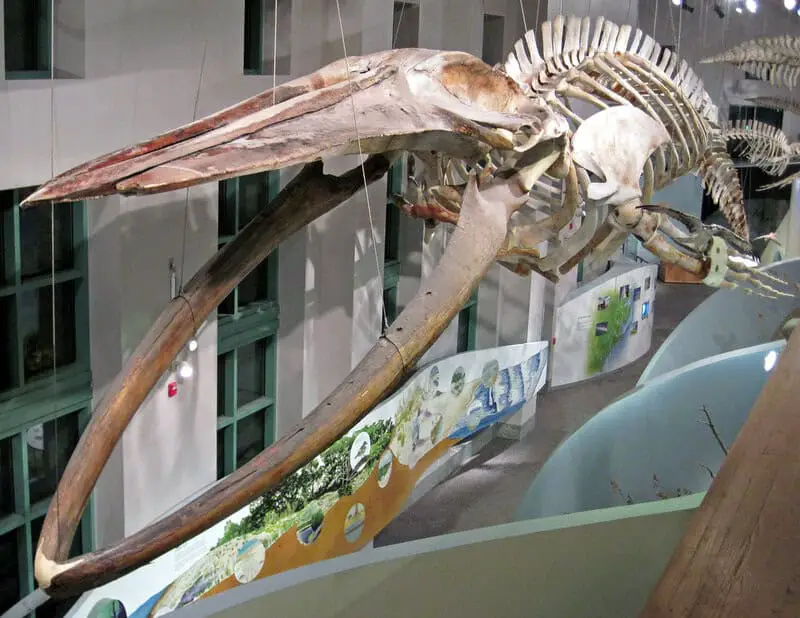
The bone-degrading mechanisms of Osedax worms are both ancient and highly sophisticated. Their symbiotic bacteria produce a range of powerful enzymes capable of breaking down collagen and minerals in bone—a process that has evolved over millions of years. These specialized enzymes are vital not just for the worms’ survival, but also for nutrient flow in deep-sea ecosystems, making Osedax a crucial link in marine food webs.
Nature
12. Contribution to Deep-Sea Carbon Cycling
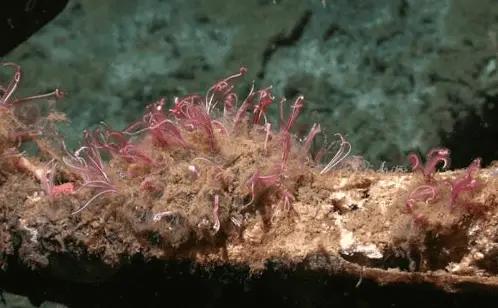
By digesting bones on the ocean floor, Osedax worms play a crucial part in the global carbon cycle. Their activities break down complex organic matter locked within bones, releasing nutrients and carbon back into the ecosystem. This process sustains deep-sea communities and helps regulate the movement of carbon within marine environments, underscoring the worms’ ecological importance on a planetary scale.
Scientific American
13. Osedax in Modern Whale Falls
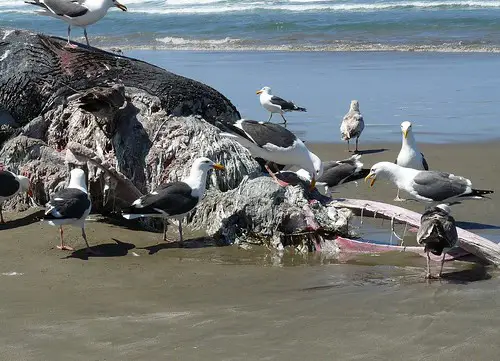
When a whale carcass sinks to the ocean floor, Osedax worms are among the first colonizers. They quickly invade the bones, transforming the remains into bustling, nutrient-rich habitats that support a diverse array of marine life. As the worms break down the skeleton, they help sustain complex communities of scavengers and microbes, demonstrating their vital role in today’s deep-sea ecosystems.
Natural History Museum
14. Characteristic Bone Borings
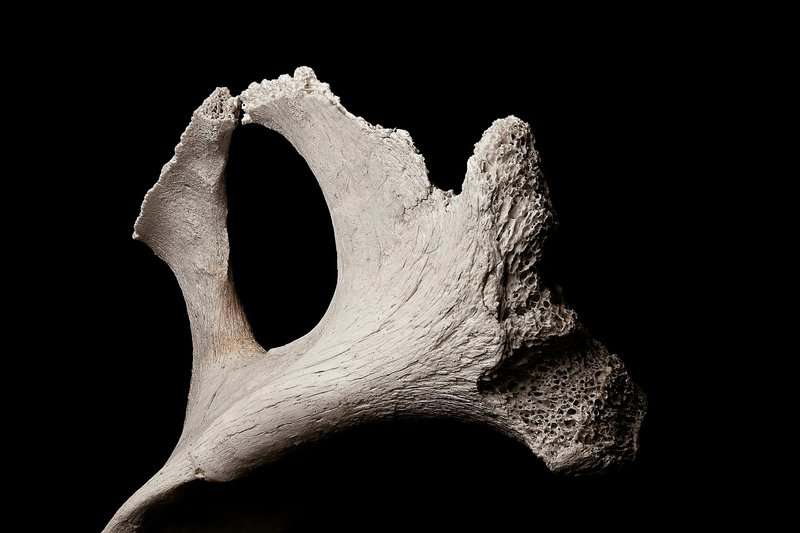
Osedax worms leave behind unmistakable traces in the bones they consume. Their root-like organs create tiny tunnels and cavities, producing a distinctive pattern of borings. These marks are so unique that paleontologists can confidently identify Osedax activity in fossilized bones, even from the distant past. Such evidence has become a valuable tool for reconstructing ancient marine ecosystems.
Nature
15. Comparative Analysis of Fossil and Modern Species
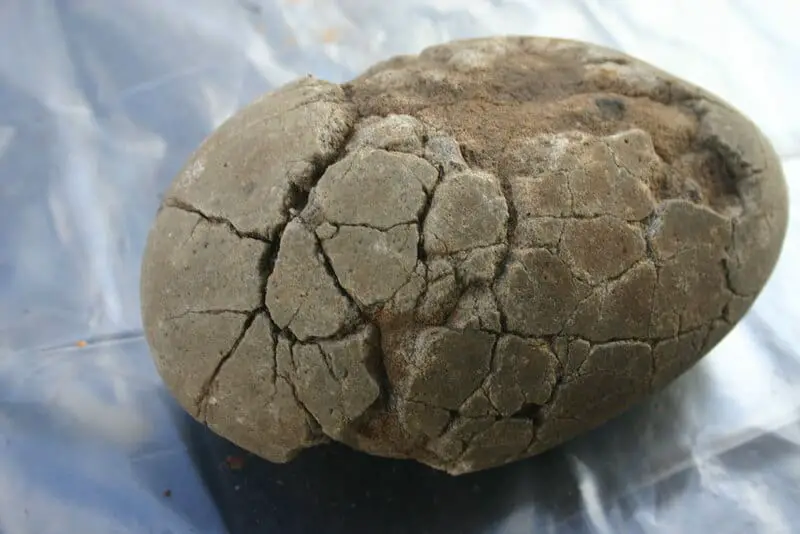
Scientists use a combination of fossil borings and the biology of living Osedax species to piece together the worms’ evolutionary history. By analyzing the shapes and patterns of ancient bone tunnels, researchers can link them to those made by modern worms. This comparative approach not only dates the origins of Osedax but also reveals how their biology and ecological roles have evolved through time.
Nature
16. Adaptations for Extreme Environments

Osedax worms are specially adapted to survive the deep ocean’s harshest conditions. They thrive in environments with crushing pressure, near-freezing temperatures, and low oxygen levels. Their symbiotic bacteria not only help digest bone but may also aid in enduring these extremes. These remarkable survival strategies have enabled Osedax to colonize some of the most inhospitable habitats on Earth.
Natural History Museum
17. Impact on Marine Vertebrate Fossilization

The activity of Osedax worms has a profound influence on the fossilization of marine vertebrate bones. By tunneling through and breaking down skeletal remains, these worms often accelerate bone degradation, reducing the chances of complete fossil preservation. As a result, paleontologists must account for Osedax activity when interpreting the marine fossil record.
Scientific American
18. Global Distribution of Osedax

Osedax worms are truly cosmopolitan, found in oceans across the globe—from the deep Pacific to the Atlantic and even the frigid Southern Ocean. Their ability to colonize such a wide range of marine environments speaks to their remarkable adaptability and ecological importance. Ongoing discoveries continue to expand our understanding of the global reach of these bone-eating specialists.
Smithsonian Magazine
19. Research Techniques: From Submersibles to Genomics
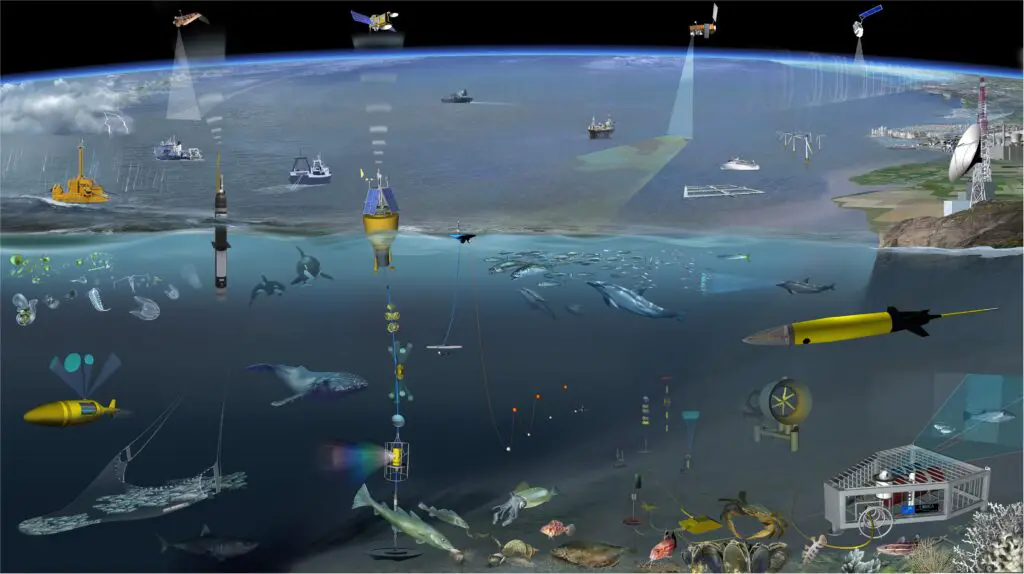
Unlocking the mysteries of Osedax requires cutting-edge research tools. Scientists deploy deep-sea submersibles to observe and collect these elusive worms from ocean depths, while advanced DNA sequencing and genomics unravel their evolutionary relationships and adaptations. These technologies enable researchers to study Osedax diversity, track their lineage, and better understand their ecological roles in the world’s oceans.
Nature
20. Osedax and Marine Food Webs
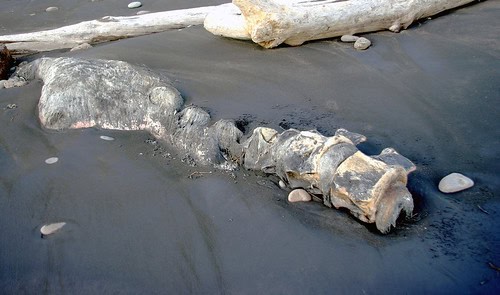
By breaking down bones and releasing trapped nutrients, Osedax worms play a pivotal role in sustaining deep-sea food webs. The nutrients they liberate support a host of scavengers, microbes, and even larger predators, creating a cascade of life around whale falls and other carcasses. Their activity ensures that energy and organic matter are efficiently cycled through the ocean’s ecosystems.
Smithsonian Magazine
21. The Future of Osedax Research
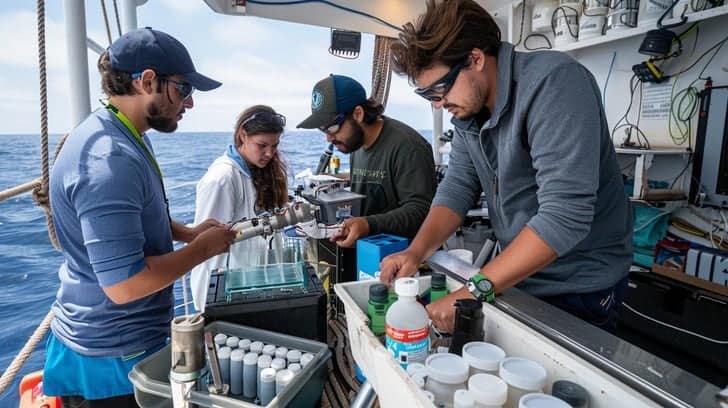
The study of Osedax is entering an exciting new phase, with future research poised to reveal even more about their biology and ecological roles. Scientists are exploring the potential for biotechnological applications, such as using Osedax-derived enzymes for waste management or medical research. Understanding these worms also has important implications for marine conservation, as their activity reflects the health of deep-sea ecosystems and the broader impacts of human activity on ocean life.
Natural History Museum
Conclusion

For over 100 million years, Osedax worms have been silent architects of the ocean floor, shaping ecosystems through their remarkable bone-eating lifestyle. Their evolutionary history is etched in fossils, while their ongoing ecological roles sustain nutrient cycling and deep-sea food webs. As research continues to unlock their secrets, Osedax reminds us of the intricate connections that bind life on Earth. Continued exploration of these mysterious worms will undoubtedly reveal new insights crucial for understanding and preserving our oceans.
Natural History Museum



Vielleicht interessiert es Sie:
Wussten Sie! Minensuchratten auf dem Schlachtfeld und sie sind super effektiv!
Wie viele Giraffenarten gibt es? Leben sie alle in Afrika?
Der Vogel ist das Weibchen der Vögel: wahr oder falsch?
Warum bauen Biber Dämme? Welchen Nutzen?
Warum leben manche Tiere nachtaktiv? Welche Vorteile?
Küssen Tiere? Ist das die gleiche Bedeutung wie Menschen?
200+ Hilarious Seahorse Jokes That Will Make You Smile and Giggle
200+ Funny Investment Jokes to Boost Your Financial Humor Game